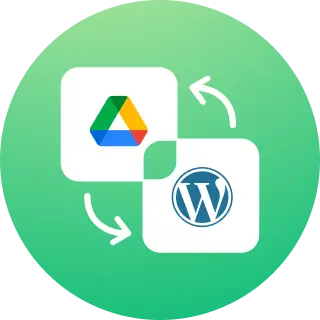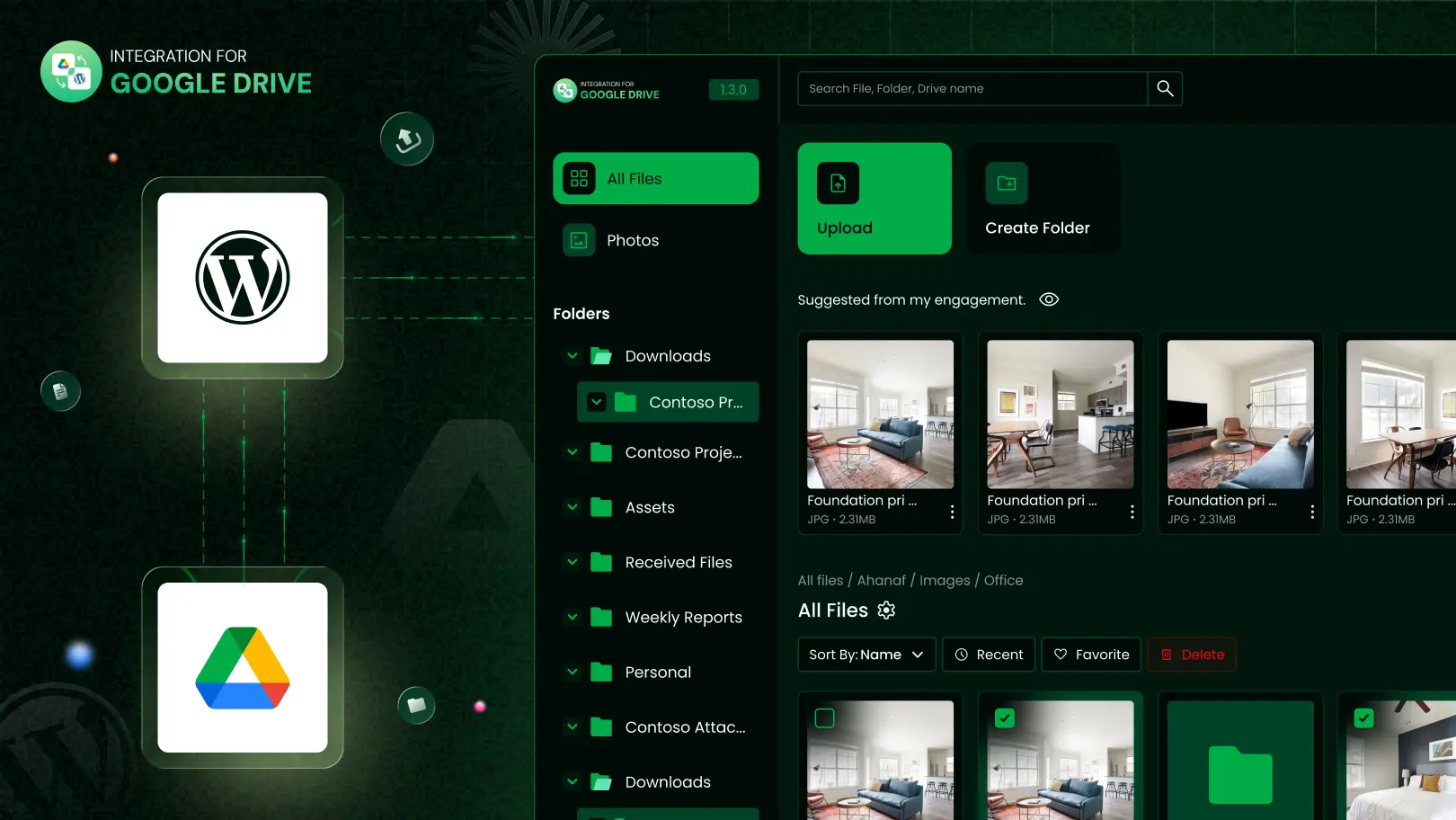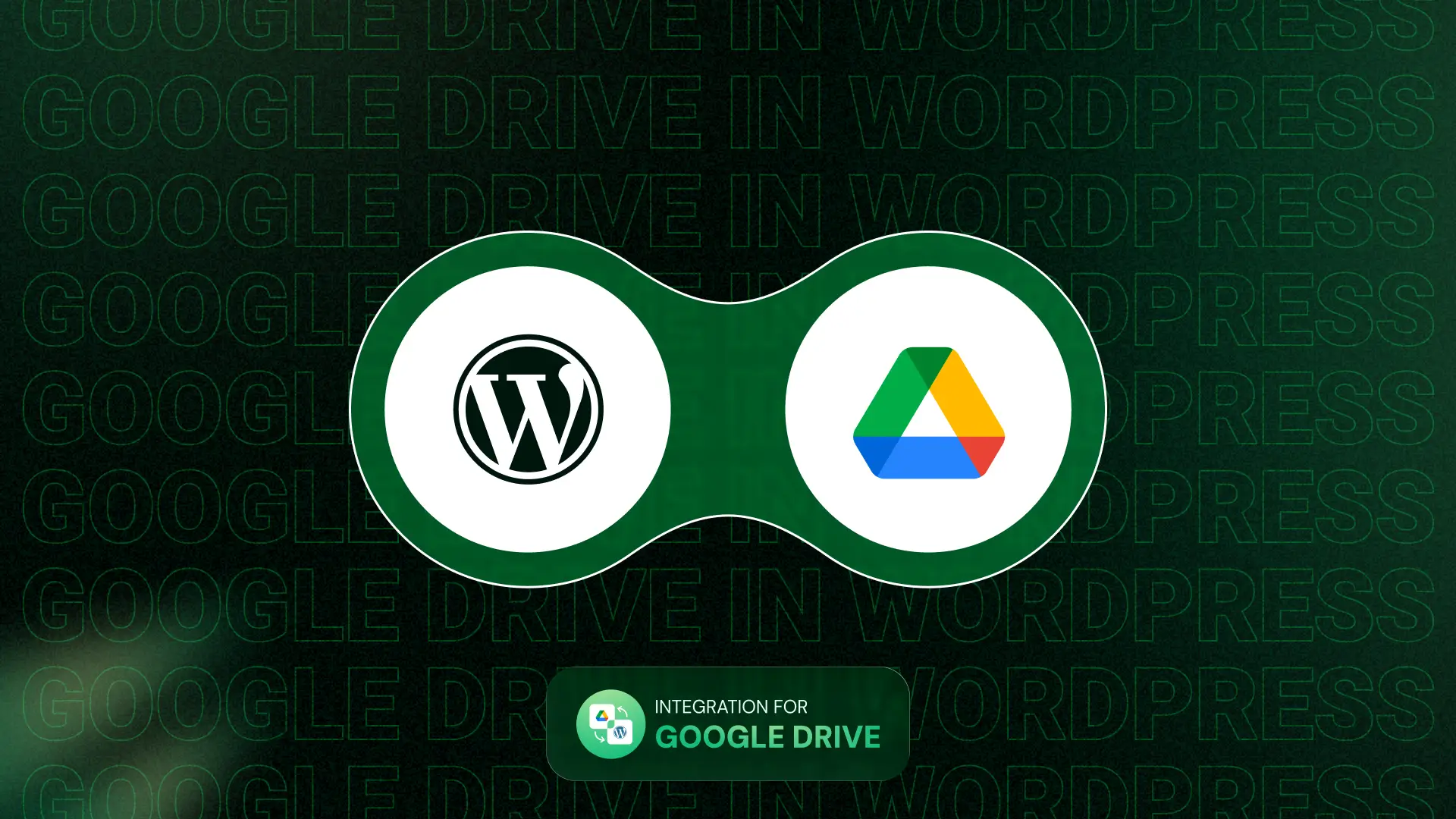Images are the heartbeat of any stunning WordPress site. They bring your stories to life, showcase your products, and make your content shine. But here’s the downside: unoptimized images can slow your site down, frustrate visitors, and hurt your search engine rankings. If your WordPress site feels sluggish or isn’t climbing the search results, your images might be the problem.
In this guide, I’ll walk you through a simple, step-by-step plan on how to optimize images in WordPress. This isn’t just another recycled blog post—it’s a clear, actionable roadmap packed with expert tips, practical tools, and innovative strategies to make your site faster, user-friendly, and search engine-ready. Whether you’re a beginner or a WordPress pro, learning how to optimize images in WordPress will transform your site’s performance. Let’s dive in and turn your WordPress site into a fast, image-optimized powerhouse!
Why Image Optimization Matters
Before we dive into the nitty-gritty, let’s understand why image optimization is essential. Images often comprise 50-70% of a webpage’s total size. Large, unoptimized images slow down your site, leading to:
- Higher bounce rates: Visitors abandon your site if it takes more than 2-3 seconds to load.
- Poor SEO performance: Google rewards fast websites, while slow ones get pushed down in search results.
- Increased hosting costs: Oversized files consume more server resources, increasing expenses.
By learning how to optimize images in WordPress, you can shrink file sizes without sacrificing quality, resulting in faster load times, happier users, and better SEO rankings. With mobile traffic dominating the web, optimized images ensure your site performs flawlessly on every device.
Step 1: Choose the Right Image Format
The first step in how to optimize images in WordPress is selecting the correct image format. Not all formats are equal, and your choice impacts file size and quality. Here’s a breakdown of the top options:

- JPEG: This format is perfect for photographs and colorful images. It uses lossy compression, allowing significant file size reduction with minimal quality loss. Use JPEGs for blog headers, product photos, or any image with vibrant hues.
- PNG: This format is best for transparent images or sharp edges, like logos or icons. It uses lossless compression, preserving quality but often creating larger files. Save PNGs for graphics requiring crisp details.
- WebP: The modern superstar. WebP combines lossy and lossless compression, delivering smaller files than JPEG or PNG. Supported by all major browsers, it’s ideal for nearly any image on your site.
Pro Tip: Switch to WebP whenever possible. Tools like Squoosh or CloudConvert make converting to WebP a breeze. Many WordPress plugins now support WebP, making it a no-brainer for optimization.
Step 2: Pre-Optimize Images Before Uploading
Optimizing images before uploading is a key part of how to optimize images in WordPress. Uploading a 5MB raw photo straight from your camera is a performance killer. Here’s how to prepare images like a pro:

- Resize Images: WordPress generates multiple image sizes (thumbnail, medium, large), but you should still resize images to match your site’s needs. For example, if your blog’s content area is 800px wide, don’t upload a 4000px image. Use tools like Canva, Photoshop, or free options like GIMP for resizing.
- Compress Images: Compression reduces file size while preserving visual quality. For quick results, try online tools like TinyPNG or Compressor.io. Use desktop apps like ImageOptim (Mac) or FileMinimizer (Windows) for bulk editing.
- Balance Quality and Size: Aim for 80-90% quality for JPEGs or moderate compression for WebP. Experiment to find the sweet spot where images look sharp but don’t bloat your site.
Insider Tip: Create a sizing cheat sheet for your site (e.g., 800x600px for blog posts, 300x300px for thumbnails). This will streamline your workflow and ensure consistency.
Step 3: Optimize Images Within WordPress
Once images are uploaded, WordPress and its plugins can take your optimization to the next level. Here’s how to master this step in how to optimize images in WordPress:
Configure WordPress Media Settings
WordPress allows you to set default sizes for thumbnails, medium, and large images. Navigate to Settings > Media in your dashboard and adjust dimensions to match your theme’s layout. For instance, if your blog doesn’t need “large” images wider than 1200px, set it accordingly to avoid generating oversized files.

Use Optimization Plugins
Plugins are essential for automating image optimization in WordPress. They compress images, convert formats, and add performance features. Here are three top choices:
- Smush: Loved for its simplicity and power, Smush optimizes images on upload, supports WebP, and includes lazy loading. The free version is robust, while the pro version offers bulk optimization for existing images.

- Imagify: From the WP Rocket team, Imagify excels at compression without visible quality loss. It supports WebP and offers three compression levels (Normal, Aggressive, Ultra) for flexibility.
- Image Optimizer by Elementor: A powerful plugin that automatically compresses images on upload, supports WebP and AVIF conversion, and offers bulk optimization. It integrates seamlessly with WordPress, provides lossless and lossy compression options, and runs on a dedicated server to avoid straining your site’s resources.
Setup Tip: Install a plugin like Smush or Image Optimizer, enable automatic optimization on upload, and run a bulk optimization for existing images. Ensure WebP support is activated for maximum efficiency.
Step 4: Implement Lazy Loading
Lazy loading is a game-changer in how to optimize images in WordPress. It delays loading images until they’re about to appear in the user’s viewport, reducing initial page load time. Since WordPress 5.5, native lazy loading is built-in for images with the loading="lazy" attribute. You can enhance it with plugins like Smush or a3 Lazy Load.

To enable lazy loading:
- Verify that your theme or plugins support it.
- Use a plugin to lazy load images, videos, and iframes for broader impact.
- Test with Google Chrome DevTools to ensure images load only when scrolled into view.
Pro Tip: Skip lazy loading for above-the-fold images (the first images users see). These should load instantly for a polished first impression.
Step 5: Serve Responsive Images
Responsive images adapt to different screen sizes, ensuring your site looks great on phones, tablets, and desktops. WordPress automatically generates multiple image sizes and uses srcset and sizes attributes to serve the right one based on the device. To perfect this part of how to optimize images in WordPress:
- Use a Responsive Theme: Confirm your theme supports responsive images. Modern themes like Astra or GeneratePress handle this seamlessly.
- Test with Browser Tools: Open your site in Chrome, right-click an image, and select “Inspect” to verify that the
srcset is present, indicating multiple image sizes are being served.
- Optimize for Retina Displays: High-resolution screens demand sharper images. Plugins like Smush or ShortPixel can generate 2x or 3x versions for crisp visuals without oversized files.
Step 6: Supercharge with a Content Delivery Network (CDN)
A CDN stores your images on servers worldwide, delivering them from the closest location to your visitors. This slashes load times, especially for global audiences, and is a key component of how to optimize images in WordPress. Top CDNs for WordPress include:
- Cloudflare: Offers a free plan with features like Polish (compression) and Mirage (responsive images for mobile).
- KeyCDN: A lightweight, pay-as-you-go CDN with easy integration via plugins like CDN Enabler.
- BunnyCDN: Affordable and fast, with a WordPress plugin for seamless setup and WebP support.
To set up a CDN:
- Sign up for a CDN service.
- Install a compatible plugin (e.g., WP Rocket or CDN Enabler).
- Configure the plugin to rewrite image URLs to the CDN.
Insider Tip: Combine your CDN with WebP and lazy loading for a performance trifecta. Test your setup with Pingdom to measure the speed boost.
Step 7: Nail Image SEO
Optimized images don’t just improve speed—they can drive traffic through search engines. Incorporate these SEO best practices into how to optimize images in WordPress:
- Descriptive File Names: Rename images before uploading. Instead of IMG_1234.jpg, use wordpress-image-optimization-guide.jpg to help search engines understand your content.
- Alt Text: Add concise, keyword-rich alt text to every image. For example, “WordPress image optimization plugin settings” beats “plugin screenshot.” Alt text also boosts accessibility.
- Captions and Titles: Use captions in blog posts for context and set image titles in the media library for extra SEO value.
- Image Sitemaps: Ensure your SEO plugin (e.g., Yoast SEO or Rank Math) includes images in your sitemap for better indexing.
Pro Tip: Use tools like Ahrefs or SEMrush to find low-competition keywords for alt text and file names, giving your images an edge in image search results.
Step 8: Monitor and Maintain Performance
Image optimization is an ongoing process. To keep your site in top shape, regularly monitor performance as part of how to optimize images in WordPress:
- Test with Tools: Use Google PageSpeed Insights, GTmetrix, or WebPageTest to check load times and identify oversized images.
- Audit Your Media Library: Plugins like Media Cleaner can detect unused or oversized images for deletion.
- Update Formats: As formats like AVIF gain traction, consider re-optimizing older images with tools like ImageKit.
- Review Plugin Settings: Periodically check your optimization plugin’s settings to ensure they align with your site’s needs.
Insider Tip: Schedule a quarterly site audit to keep your media library lean and your site blazing fast.
Bonus Tips for Next-Level Optimization
Want to take how to optimize images in WordPress to the next level? Try these advanced techniques:
- AI-Powered Compression: Tools like Kraken.io use machine learning for ultra-precise optimization.
- External Image Hosting: Offload images to services like Cloudinary or Imgix for dynamic optimization and delivery.
- Adaptive Images: Serve lower-quality images to users on slow connections with plugins like Adaptive Images.
Conclusion: Make Your WordPress Site Unstoppable
Mastering how to optimize images in WordPress is a game-changer for your site’s speed, user experience, and SEO. By choosing the right formats, pre-optimizing images, using plugins, and leveraging tools like lazy loading and CDNs, you can create a website that loads in a flash and ranks higher on Google. Plus, with smart SEO practices, your images can become powerful traffic drivers.
Ready to turbocharge your WordPress site? Start by auditing your media library, installing an optimization plugin, and testing your site’s speed. You’ll be amazed at the results. Share your site’s speed score in the comments or let me know how these tips worked for you—I’d love to hear your success story!













Written By
Ahanaf Istiyad
Hey, I'm Istiyad! As a UI/UX and product designer, I’m passionate about building sleek, user-friendly experiences that make navigating digital products feel effortless and fun!
Express Your Opinion